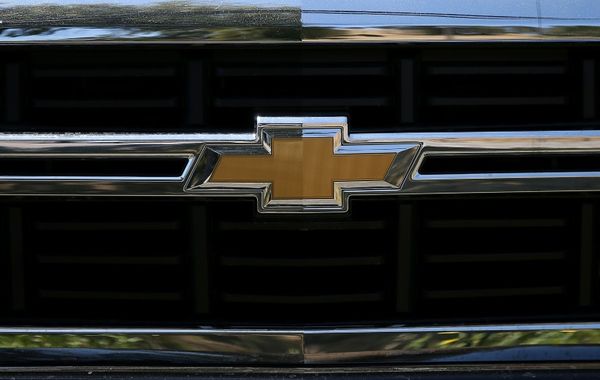In this column, we've delved into popular option trades like covered calls and iron condors. But today, let's dive into the exciting realm of less common option strategies with a focus on the put ratio backspread, a bullish options strategy. Amazon makes a good candidate for this strategy lately, so we'll explore a monthlong trade with Amazon stock.
A put backspread involves selling a put, then buying two further out-of-the-money puts. Traders use this strategy when they are worried about a large drop in a stock such as Amazon but don't want to lose money on a potential bounce.
The advantage of using a backspread? It holds a much lower cost than simply buying a put option. And the trade even has some income potential if the stock rallies.
The positive vega reading for Amazon stock options also helps generate profits in the event of a sell-off.
Amazon Stock Today: Backspread Ratio Trade Setup
Assume a trader wants to protect against a big drop in the e-commerce and cloud computing giant.
A put ratio backspread will do well if Amazon stock suffers a significant drop and will not lose any money if AMZN stays flat or rallies.
The risk on the trade is a small, slow decline in the stock price. If a decline is to happen, a hard and fast drop is best.
Let's look at an example:
- Sell 1 Oct. 20-expiring put option with a 140 strike price at $3.70
- Buy 2 Oct. 20 130-strike puts at $1.10
The trade can be placed for a net credit of $150 per set of contracts. Calculate this by taking the credit received for selling the 140 put ($370 for a block of 100 shares) less the premium paid for the two 130 puts ($220).
If Amazon stock stays above 140 at expiration, the trader makes a profit equal to the premium received, or $150 based on recent trading.
Loss Limited; Potential Gain Significant
The maximum loss occurs if AMZN finishes at 130 on expiration day in which case the trader would lose $850 on the trade.
This is calculated by taking the difference between the short and long strikes x 100 ($1,000) and subtracting the premium received ($150).
The maximum gain is virtually unlimited, up to the highly unlikely point the stock reaches zero.
This is an advanced trading strategy and not recommended for beginners. The ideal scenario for the trade is a large drop (and associated rise in implied volatility) within the first two weeks. Otherwise, flat, or higher prices are fine too.
According to IBD Stock Checkup, Amazon stock ranks No. 8 in its group. AMZN owns a Composite Rating of 94, an EPS Rating of 81 and a Relative Strength Rating of 93.
Please remember that options are risky, and investors can lose 100% of their investment.
This article is for education purposes only and not a trade recommendation. Remember to always do your own due diligence and consult your financial advisor before making any investment decisions.
Gavin McMaster has a Masters in Applied Finance and Investment. He specializes in income trading using options, is very conservative in his style and believes patience in waiting for the best setups is the key to successful trading. Follow him on Twitter at @OptiontradinIQ







